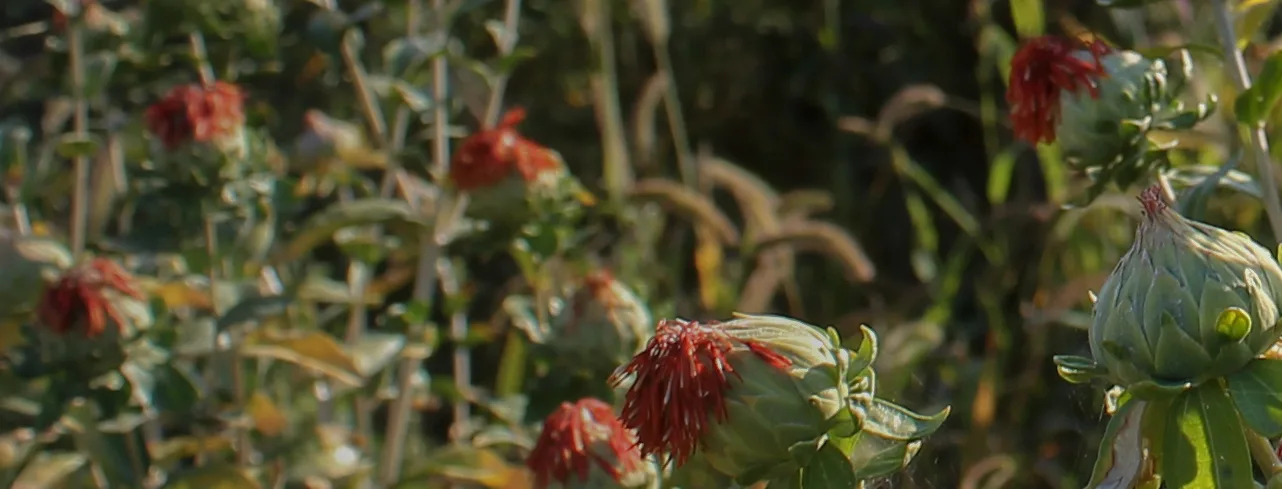Safflower
The fundamentals
Produces shades:
Latin name: Carthamus tinctorius
Pigment: Safflor yellow
E-number: Not an additive.
Four facts about safflower
How safflower is grown
This annual plant requires a long dry season, a short rainy season and prefers high altitudes. It is about 1 meter high.
Each stems produces a large flower head, and the petals are hand plucked. Workers need to visit the field 2-3 times per week during harvest season, as the flowers bloom at different times.
Safflower harvest calendar and growing areas
In the northern hemisphere, safflower is normally sown in April and harvested in August. A second, smaller crop is harvested in April.
What you should know about safflor yellow from safflower
Oterra's stable, industry-leading formulations allow you to benefit from all of the advantages of safflower as a natural food color while minimizing any intrinsic challenges associated with this plant.
The main coloring pigment in safflower is a water soluble pigment called called carthamidin or safflor yellow. 24-30% of the petals by weight are carthamidin.
3-6% of the weight of the petals is a red pigment called carthamin. Carthamin is oil soluble, not light resistant and the low content makes it uneconomical to use in food colors.
Natural Strengths
Good heat and light stability
Unaffected by pH
Natural Challenges
Off-flavor may develop depending on dosage and application
Food colored naturally with safflower
Sign up now for updates on what’s happening at Oterra, industry updates and insights, helpful tips, and how to do great things with food colors from nature. And don’t forget to connect with us on LinkedIn.

